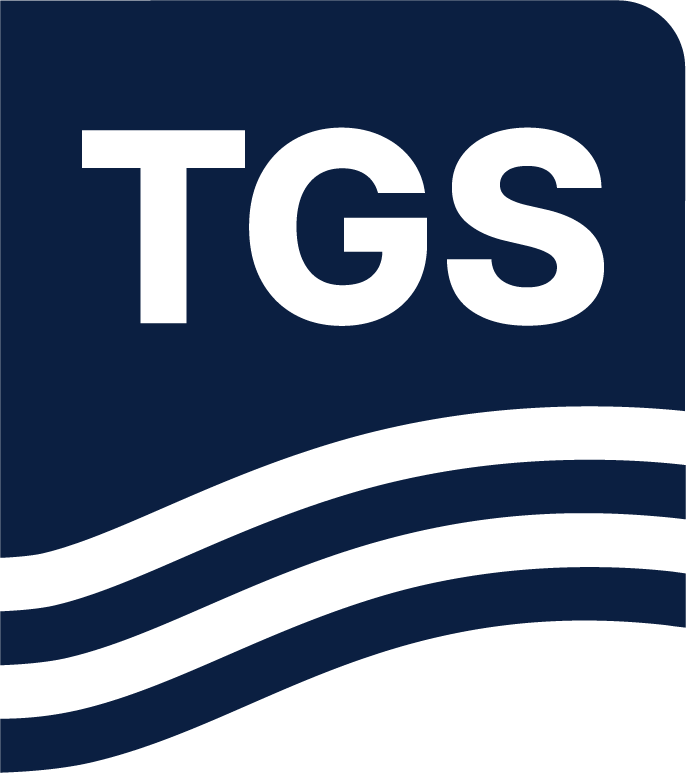Steerable Sources
TGS uses steerable source technology to enhance seismic acquisition accuracy, improve 4D survey repeatability, and support flexible survey geometries in all conditions.

Solutions for Flexible Survey Geometries
All TGS seismic vessels are equipped with steerable source sub-arrays, which reduce lateral deviations and improve control over source positioning. This results in more accurate acquisition geometry for 4D baseline and monitor surveys.
TGS combines this with GeoStreamer® technology, which uses collocated hydrophones and velocity sensors to eliminate free-surface ghost reflections. The deep-towed, low-drag streamer design reduces surface noise, improves weather robustness, and captures a broad frequency range. This enables high-resolution imaging, reliable 4D reservoir monitoring, and improved reservoir characterization at all depths.
Advantages of Steerable Sources
Maintains uniform sub-array separation for a consistent source wavefield across all shots
Enables precise, independent steering of each sub-array—ideal for 4D monitoring and CCS surveys
Improves source-position control during wide-tow, multi-source acquisition
Supports up to six sources with total lateral separation of less than 450 meters
Increases acquisition efficiency and enhances near-surface imaging resolution
Highly Repeatable 4D Monitoring Survey Geometry
Steerable source systems help maintain accurate acquisition geometry in variable current conditions, improving survey efficiency and 4D repeatability. Each sub-array adjusts to follow pre-plot source lines, while the vessel maintains optimal streamer positioning. Lateral source corrections of up to ±4 meters are possible, with mean lateral deviations typically less than ±2 meters.
Adjustable wings on each sub-array are automatically controlled to maintain both lateral position and separation. GPS and acoustic sensors track each sub-array’s position in real time, and onboard systems compare this against the planned source trajectory. Any deviation is used to compute wing angle adjustments, ensuring the source remains aligned with the target path.
The graph shows a comparison of source positions with and without active steering.
Maximizing 4D Survey Accuracy
Consistent source positioning is critical for reliable 4D seismic monitoring. Steerable source systems reduce lateral and inline positioning errors, improving repeatability across baseline and monitor surveys, even in complex environmental conditions.
In a 2014 field trial, an early prototype demonstrated average lateral-source-position errors well below 5 meters. Today’s systems are more advanced, with over 90% of radial shot positions typically within 3 meters of target across modern TGS 4D projects.
Let’s Discuss Your Acquisition Needs
With the industry’s most diverse fleet and integrated expertise, from survey design and acquisition to seismic data imaging, TGS delivers trusted, tailored solutions for complex exploration challenges.
Learn More About Our Fleet
Discover the capabilities, configurations and proven performance of our diverse fleet. Built for reliability and efficiency, our vessels are ready to meet your exploration needs, anywhere in the world.
Start the Conversation
Every project is different. Talk to a TGS expert about your specific acquisition requirements. With decades of trusted experience and integrated capabilities, we’ll help you design the right solution from the start.



